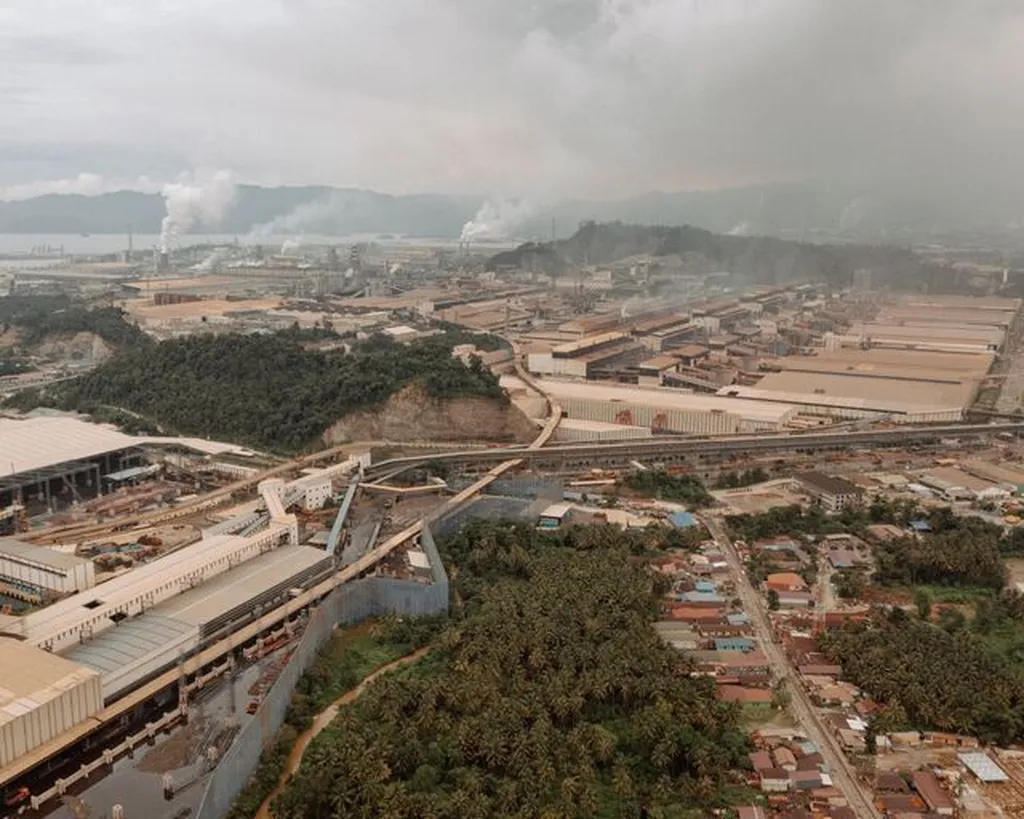In the quest for sustainable construction materials, researchers are turning to an unlikely source: sago residue. A recent study, led by Al Ichlas Imran from the Department of Mechanical Engineering at Universitas Halu Oleo in Indonesia, explores the potential of this agricultural byproduct to revolutionize the construction industry. Published in the journal BioResources, which translates to “Biological Resources,” the research delves into the properties and applications of sago residue, offering a glimpse into a more eco-friendly future for construction.
Sago residue, a byproduct of the sago palm, is typically discarded after processing. However, Imran and his team have discovered that this residue can be transformed into a valuable construction material. “Sago residue is categorized into particles and fiber, so it has various fabrication methods and applications,” Imran explains. This versatility opens up a world of possibilities for the construction industry, which has long been seeking sustainable alternatives to traditional materials.
The study examines various extraction methods, from traditional manual techniques to mechanical and chemical processes. Each method impacts the properties of the resulting construction materials, influencing their suitability for different applications. “Factors such as constituent materials, processing methods, composition, fiber and particle size, environmental conditions, and manufacturing processes can all influence the physical and mechanical properties of sago residue-based construction materials,” Imran notes.
The implications for the construction industry are significant. By utilizing sago residue, construction companies can reduce their environmental footprint while also benefiting from a cost-effective and biodegradable material. This shift towards sustainable development is not just a trend; it’s a necessity. As the world grapples with the impacts of climate change, the demand for eco-friendly construction materials is on the rise.
Moreover, the study highlights the importance of material characterization in understanding the suitability of sago residue for specific construction applications. This ensures product quality and safety, paving the way for wider adoption in the industry. “Future research may explore the impact of fiber and fiber orientation treatments on the heat resistance, sound absorption ability, and tribology properties of construction materials made from sago waste,” Imran suggests, hinting at the potential for further innovation in this field.
The research published in BioResources offers a compelling vision for the future of construction. By harnessing the potential of sago residue, the industry can take a significant step towards sustainability. As Imran’s work demonstrates, the key to this transition lies in understanding and optimizing the properties of these innovative materials. The journey towards a greener future in construction has begun, and sago residue is leading the way.

